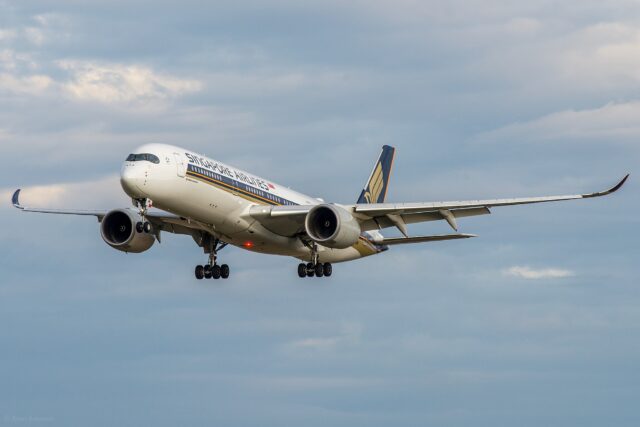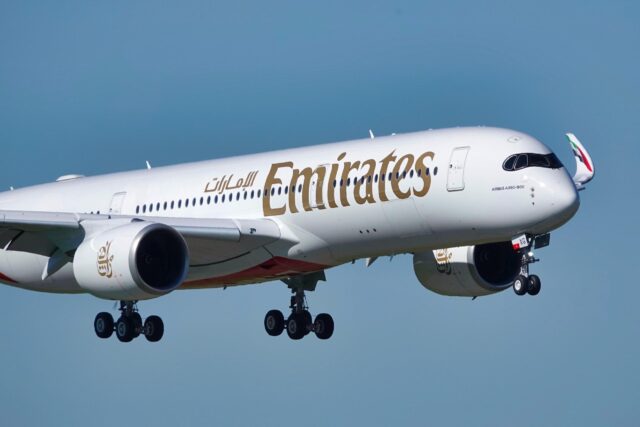China claims J-20 stealth fighter flew undetected through Tsushima Strait between Korea and Japan

July 31, 2025

China claims its J-20 Mighty Dragon stealth fighter flew between Korea and Japan undetected. Chinese state media is appearing to present the event as a step toward countering the US strategic first island chain containing China.
China claims to fly a J-20 Mighty Dragon through first island chain
On July 29th, Hong Kong’s South China Morning Post (SCMP) reported that China’s Chengdu J-20 Mighty Dragon stealth fighter had flown through the Tsushima Strait between Japan and South Korea — a move Chinese state media framed as a milestone in regional airpower projection.

The report, based on a segment from mainland state broadcaster CCTV, claimed the event marked “an apparent first not reported by any other armed forces with a presence in the region.” Neither South Korea nor Japan publicly confirmed the flight, prompting Chinese commentators to suggest the aircraft passed undetected.
According to CCTV, China’s elite First Fighter Brigade — the first People’s Liberation Army Air Force (PLAAF) unit equipped with the fifth-generation J-20 — now “flies missions over the Bashi Channel and Tsushima Strait, and conducts patrols around Taiwan.”
Although CCTV did not explicitly name the J-20 in its broadcast, it featured clear imagery of the aircraft throughout, implying it was the jet in question.
The Tsushima Strait is a channel of the Korea Strait separating South Korea and Japan. It connects the Sea of Japan, the Yellow Sea, and the East China Sea.
Unclear if the Chinese J-20 was detected or not
The Tsushima Strait is a heavily defended chokepoint with extensive US, Japanese, and South Korean radar and ISR systems in the region. The SCMP and other media pointed out that the US has a THAAD SAM battery stationed in Korea.
The SCMP’s reference to the Terminal High Altitude Area Defense (THAAD) system based in South Korea is slightly misplaced. THAAD is optimised for intercepting ballistic missiles at high altitudes, not low-flying stealth aircraft like the J-20.
The US Army’s Patriot missile batteries and Aegis-equipped ships, alongside Japanese and South Korean early-warning systems, would be more relevant to monitoring aircraft in this context.

It should be stressed that just because the event was not publicly reported by the US, South Korea, or Japan, that doesn’t necessarily mean the aircraft wasn’t detected and tracked.
While there is much debate about how advanced the Chengdu J-20 is, it is clear that it is a very capable aircraft. The large fighter jet has been developed with enough range and stealth that make it a threat to the AWACS and air tankers that US F-35s and F-22s rely on.
The J-20 and projected capabilities of upcoming 6th-generation fighter jets are part of the reason that the USAF wants to cancel E-7 Wedgetail procurement.
Containing China with island chains
A core part of the US doctrine to contain China is the so-called island chain strategy. The first island chain is an inner string of islands running from the Japanese home islands, through the Ryukyu Islands, including Okinawa, to Taiwan, to the Philippines, and down to Malaysia.
The US maintains military bases and close alliances with allies along this chain. The theory is that, in the event of a conflict, the Chinese Navy would be vulnerable operating beyond this chain and so would be confined to operating in the waters near the Chinese mainland.

This can make China feel strategically encircled by the US military. A keystone in the first island chain for both sides is Taiwan.
The second island chain is located much deeper in the Pacific, running from Japan to heavily fortified Guam and down to Indonesia and Western New Guinea. The final third island chain runs from Alaska’s Aleutian Islands to Hawaii, American Samoa, Fiji, and New Zealand.
















